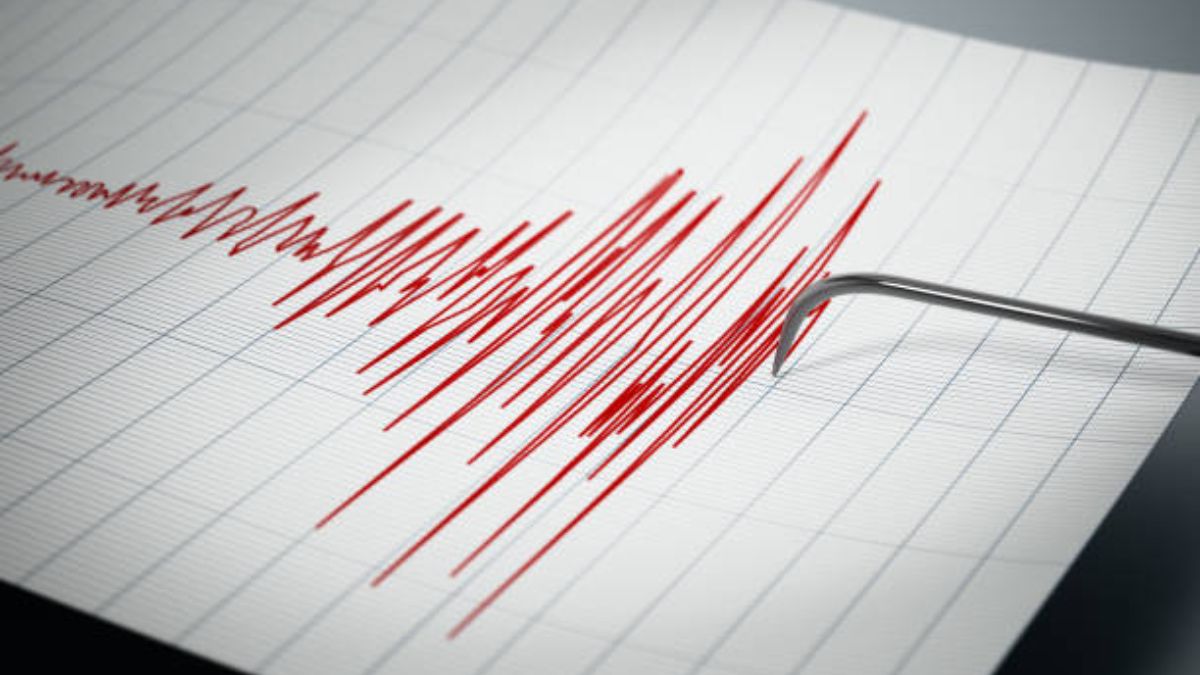- By Supratik Das
- Fri, 22 Aug 2025 08:12 AM (IST)
- Source:JND
South America Earthquake today: A powerful earthquake of magnitude 8.0 on the Richter scale hit the area of the Drake Passage, between the southern end of South America and Antarctica, late Wednesday, said the United States Geological Survey (USGS). The quake was at a depth of 10 km (6.21 miles) the USGS said. The tremor was also detected by the German Research Center for Geosciences (GFZ), which first detected the quake at a magnitude of 7.1 before subsequent updates confirmed the more intense magnitude.
So far, there have been no reports of damage, casualties, or tsunami warnings raised in neighboring areas. The Drake Passage is a remote body of water and among the stormiest waterways globally, dividing Cape Horn in Chile from the Antarctic Peninsula. Because of its remoteness and limited human population, preliminary estimates indicate minimal direct impact on population centers. Seismologists cautioned that the earthquake of such magnitude may cause aftershocks in the next hours or days. Chilean and Argentine authorities were put on alert, but no emergency actions were announced at the moment. Experts explained that the depth of the quake and its epicenter offshore were the main reasons why the threat of massive destruction was minimized.
Notable quake, preliminary info: M 8.0 - Drake Passage https://t.co/gZgqYXvR4S
— USGS Earthquakes (@USGS_Quakes) August 22, 2025
Drake Passage: A Seismically Active Zone
The Drake Passage is located in an area where the Scotia Plate meets the South American and Antarctic tectonic plates, and therefore the area is susceptible to earthquakes. Earthquakes with a size of 7 and larger are major quakes and have the potential to wreak havoc if they occur closer to human habitation. Nevertheless, in this case, the distance of the epicenter offered a natural cushion.
The earthquake has not caused an immediate calamity in other countries. However, officials are cautioning vessels and research stations within the Southern Ocean to stay prepared. International observatories, such as the Pacific Tsunami Warning Center, are still monitoring the situation for secondary threats.
With inputs from agencies.